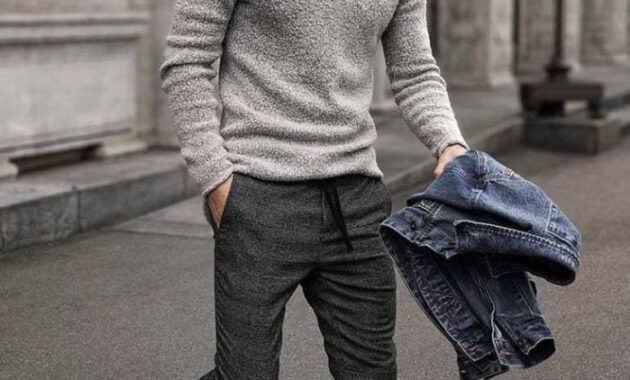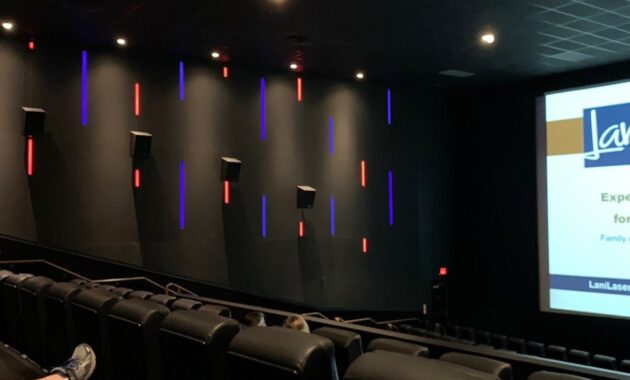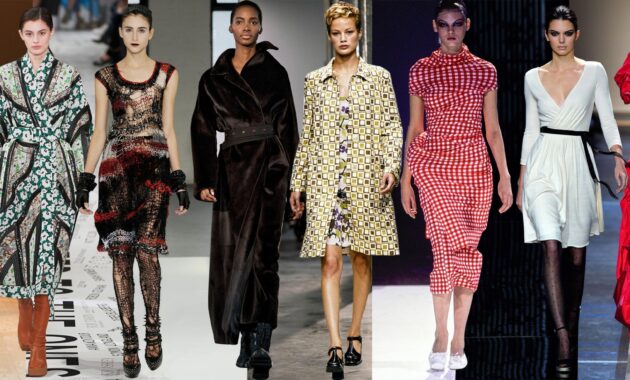Dive into the Glamour of the Roaring Twenties!
Step back in time with the chic and timeless early 1900s Fashion trends, and immerse yourself in the glamour of the Roaring Twenties! The 1920s were a decade of dramatic change and innovation in fashion, with bold new styles that reflected the spirit of the era.
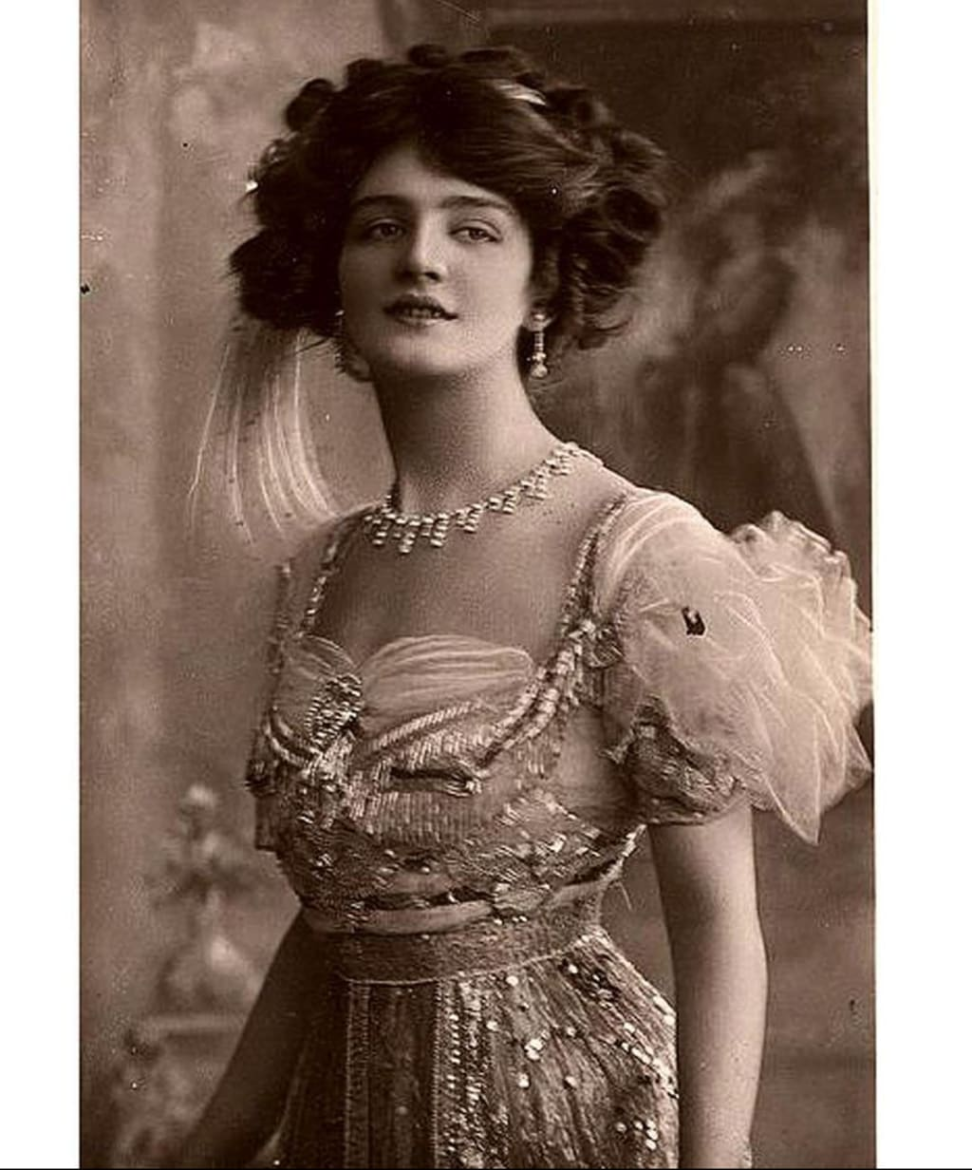
Image Source: cloudinary.com
One of the most iconic fashion trends of the 1920s was the flapper style, characterized by its short hemlines, loose silhouettes, and dazzling embellishments. Flappers were young women who rebelled against traditional societal norms, embracing a more liberated and carefree lifestyle. They danced the night away at jazz clubs, smoked cigarettes in public, and flaunted their newfound independence through their fashion choices.
The flapper style was all about breaking the rules and pushing boundaries, with women ditching restrictive corsets in favor of more comfortable and relaxed clothing. Dresses became shorter and more form-fitting, allowing women to move freely and dance with abandon. Accessories played a key role in completing the flapper look, with long strands of pearls, feathered headbands, and beaded purses adding a touch of glamour to every Outfit.
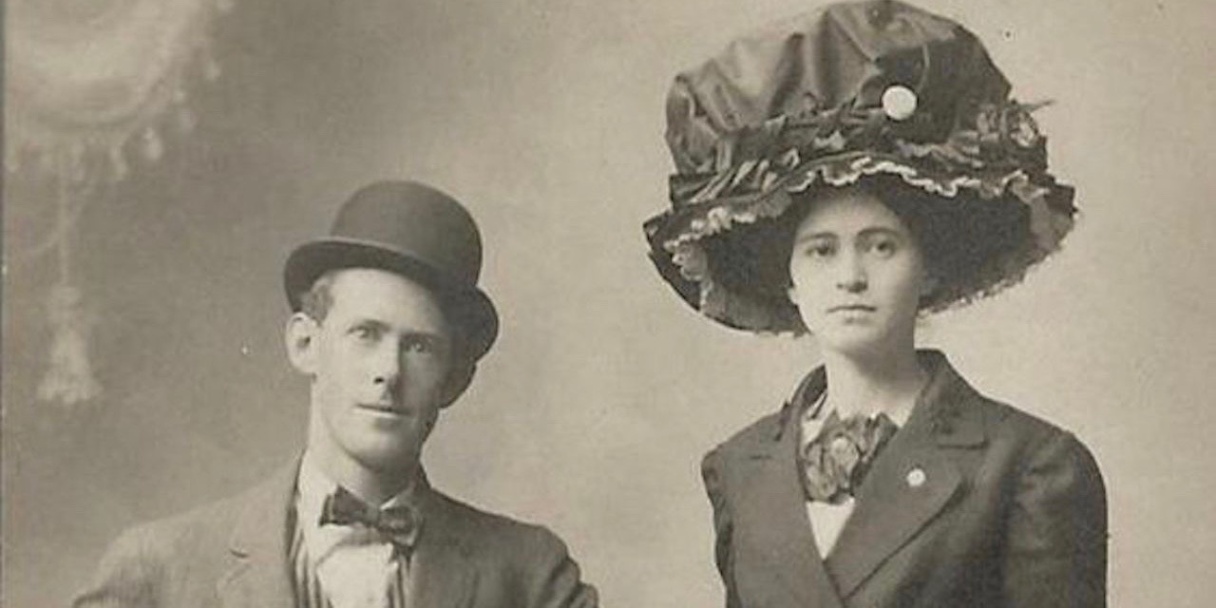
Image Source: fitnyc.edu
The 1920s also saw a shift towards more androgynous styles, with women borrowing elements from menswear and incorporating them into their own wardrobes. The iconic flapper haircut, known as the bob, became a symbol of female independence and modernity, with its sleek and streamlined silhouette.
In addition to the flapper style, the 1920s also saw the rise of Art Deco fashion, a design movement characterized by geometric shapes, bold colors, and luxurious materials. Art Deco was all about opulence and excess, with women embracing embellished dresses, fur coats, and elaborate headdresses that exuded a sense of luxury and sophistication.
The Roaring Twenties were a time of great social and cultural change, and fashion played a central role in defining the spirit of the era. Women embraced new freedoms and opportunities, expressing themselves through their clothing and challenging traditional notions of femininity and beauty.
So why not take a step back in time and embrace the glamour of the Roaring Twenties? Channel your inner flapper with a dazzling dress, a feathered headband, and a bold red lip. Dance the night away to the sounds of jazz, and feel the spirit of rebellion and freedom that defined this iconic decade. Let the timeless elegance of 1920s fashion inspire your own personal style, and make a statement that is both chic and unforgettable.
Embrace Elegance with 1920s Flapper Style
Step back in time with the chic and timeless early 1900s Fashion trends by embracing the elegance of 1920s Flapper style. The Roaring Twenties marked a period of great change and liberation, especially when it came to fashion. Women began to reject the restrictive clothing of the Victorian era and instead embraced a more relaxed and daring style.
The Flapper style of the 1920s was all about breaking free from tradition and embracing a more modern and rebellious look. Flappers were known for their short hair, short skirts, and a carefree attitude that was reflected in their fashion choices. They challenged the societal norms of the time and paved the way for a new era of fashion.
One of the key elements of Flapper style was the shift dress. This loose-fitting, straight-cut dress was a stark contrast to the corseted and structured dresses of the past. The shift dress was often embellished with fringe, sequins, or beads, adding a touch of glamour and sophistication to the look. Paired with a cloche hat and a string of pearls, the Flapper ensemble exuded an air of elegance and style.
Accessories played a crucial role in completing the Flapper look. Long strands of pearls, feathered headbands, and beaded handbags were all essential components of the 1920s Flapper style. These accessories added a touch of glamour and decadence to the Outfit, making a bold statement and showcasing the wearer’s personality.
Shoes also played a significant role in the Flapper style. T-strap Mary Janes or oxford-style shoes with a low, chunky heel were popular choices among Flappers. These shoes were not only stylish but also comfortable, allowing women to dance the night away in their fashionable footwear.
Makeup was another important aspect of the Flapper look. Flappers often wore bold red lips, darkly lined eyes, and a rosy blush to create a dramatic and striking appearance. This makeup style emphasized the eyes and lips, adding a touch of allure and sophistication to the overall ensemble.
Hairstyles were also a defining feature of 1920s Flapper style. Short, bobbed haircuts were all the rage during this time, as women rebelled against the long and elaborate hairstyles of the past. The bob haircut was often styled with finger waves or curls, adding a touch of glamour and sophistication to the overall look.
In conclusion, embracing the elegance of 1920s Flapper style allows you to step back in time and experience the rebellious and daring fashion trends of the early 1900s. From the iconic shift dress to the bold makeup and hairstyles, Flapper style exudes a sense of glamour and sophistication that is still admired and celebrated today. So why not channel your inner Flapper and embrace the elegance of this timeless and chic fashion trend?
Discover the Sophistication of Edwardian Fashion
Step back in time with the chic and timeless early 1900s fashion trends as we explore the sophistication of Edwardian fashion. The Edwardian era, named after King Edward VII of England, spanned from the late 1890s to the early 1910s and is known for its elegance, refinement, and attention to detail.
During the Edwardian period, women’s fashion saw a departure from the restrictive corsets and voluminous skirts of the Victorian era. Instead, the silhouette became slimmer and more tailored, with an emphasis on flowing lines and soft drapery. Edwardian women embraced a more natural and relaxed look, favoring lighter fabrics like chiffon, lace, and silk.
One of the key elements of Edwardian fashion was the S-shaped silhouette, achieved through the use of corsets and structured undergarments. This silhouette accentuated a small waist and a full bust, creating a graceful and feminine look. Women would often pair this silhouette with high-necked blouses, long skirts, and delicate lace details for a romantic and ethereal aesthetic.
The Edwardian era also saw the rise of the shirtwaist, a tailored blouse with a high collar and button-down front. This versatile garment could be dressed up or down, making it a staple in every Edwardian woman’s wardrobe. Paired with a long skirt and a tailored jacket, the shirtwaist exuded sophistication and refinement.
Accessories played a crucial role in Edwardian fashion, adding the finishing touches to an Outfit. Women would adorn themselves with delicate jewelry, such as pearls, cameos, and lockets, to complement their elegant ensembles. Gloves, parasols, and fans were also popular accessories, adding a touch of grace and femininity to the overall look.
For evening wear, Edwardian women embraced opulence and luxury, opting for sumptuous fabrics like velvet, satin, and taffeta. Elaborate embroidery, beading, and lace details were used to create stunning gowns fit for a formal event or ball. Empire waistlines, flowing skirts, and intricate drapery were common features of Edwardian evening dresses, exuding glamour and sophistication.
Men’s fashion during the Edwardian era was characterized by tailored suits, crisp shirts, and structured jackets. The dandy style, popularized by fashion icons like King Edward VII himself, emphasized attention to detail and impeccable grooming. Men would often wear three-piece suits with waistcoats, high-collared shirts, and silk cravats for a polished and refined look.
Hats were an essential accessory for both men and women during the Edwardian era. Women favored large, elaborately decorated hats with feathers, flowers, and ribbons, adding a touch of drama to their outfits. Men, on the other hand, wore bowler hats, top hats, or fedoras to complete their ensembles and convey a sense of sophistication.
As we step back in time and explore the sophistication of Edwardian fashion, we are reminded of an era defined by elegance, refinement, and attention to detail. The S-shaped silhouette, tailored blouses, opulent evening wear, and exquisite accessories all contribute to the timeless beauty of Edwardian style. Embrace the grace and femininity of the early 1900s with the chic and sophisticated looks of the Edwardian era.
Get Inspired by the Classic Looks of the Gilded Age
Step back in time with the chic and timeless early 1900s Fashion trends by exploring the classic looks of the Gilded Age. This era, known for its opulence and luxury, set the stage for some of the most iconic fashion trends that are still admired and emulated today.
During the Gilded Age, which spanned from the late 19th century to the early 20th century, fashion was all about extravagance and sophistication. The wealthy elite of society flaunted their wealth through elaborate garments and Accessories that showcased their status and social standing. From tailored suits for men to lavish gowns for women, the fashion of the Gilded Age was a sight to behold.
One of the key elements of Gilded Age fashion was attention to detail. Every garment was meticulously crafted with intricate embellishments, luxurious fabrics, and impeccable tailoring. Women’s fashion, in particular, was characterized by hourglass silhouettes, high necklines, and voluminous skirts that exuded elegance and grace. Embellishments such as lace, embroidery, and beading were used to add an extra touch of glamour to the already stunning ensembles.
For men, the Gilded Age was a time of refinement and sophistication. Tailored suits with structured jackets, high collars, and waistcoats were the norm, reflecting a sense of polish and elegance. Accessories such as pocket watches, top hats, and walking canes completed the look, adding a touch of old-world charm to the overall ensemble.
In addition to the impeccable tailoring and attention to detail, the color palette of the Gilded Age fashion was also a key component of its allure. Rich jewel tones such as emerald green, sapphire blue, and ruby red were popular choices for both men and women, adding a sense of richness and luxury to the garments. Neutral shades such as ivory, cream, and black were also prevalent, providing a sophisticated and timeless look that never goes out of style.
When it came to evening wear, the fashion of the Gilded Age truly shined. Women adorned themselves in elaborate ball gowns with cascading layers of silk and satin, embellished with delicate lace and sparkling beads. Men, on the other hand, donned formal tailcoats with crisp white shirts and bow ties, exuding a sense of elegance and refinement that was unmatched.
The fashion of the Gilded Age may have been extravagant and luxurious, but it also represented a sense of artistry and craftsmanship that is often lacking in modern-day fashion. Each garment was a work of art, meticulously designed and created to perfection, showcasing the creativity and skill of the designers and tailors of the time.
Today, we can still draw inspiration from the classic looks of the Gilded Age and incorporate elements of this timeless style into our own wardrobes. Whether it’s a tailored suit with a vintage-inspired silhouette or a beaded gown with a touch of old-world glamour, embracing the fashion of the Gilded Age allows us to step back in time and appreciate the beauty and elegance of a bygone era.
early 1900s fashion
